Join 40,000+ sales and marketing pros who receive our weekly newsletter.
Get the most relevant, actionable digital sales and marketing insights you need to make smarter decisions faster... all in under five minutes.
Content Copycat: What To Do When Your Website Gets Copied

Jun 15, 2023

As many of us know, it can be an incredible challenge to create a website with wonderful content that can generate leads and attract qualified traffic, but, once you do, it's extremely gratifying to see all that hard work finally paying off.
Unfortunately, there are many out there who may decide to use that success to their advantage.
We’re not talking “imitation is the highest form of flattery.” I mean they may straight copy your content, design, or worse, your entire site. In fact, shortly after a big homepage redesign, we discovered IMPACT’s site was duplicated, and believe me, it was been a pain to deal with.
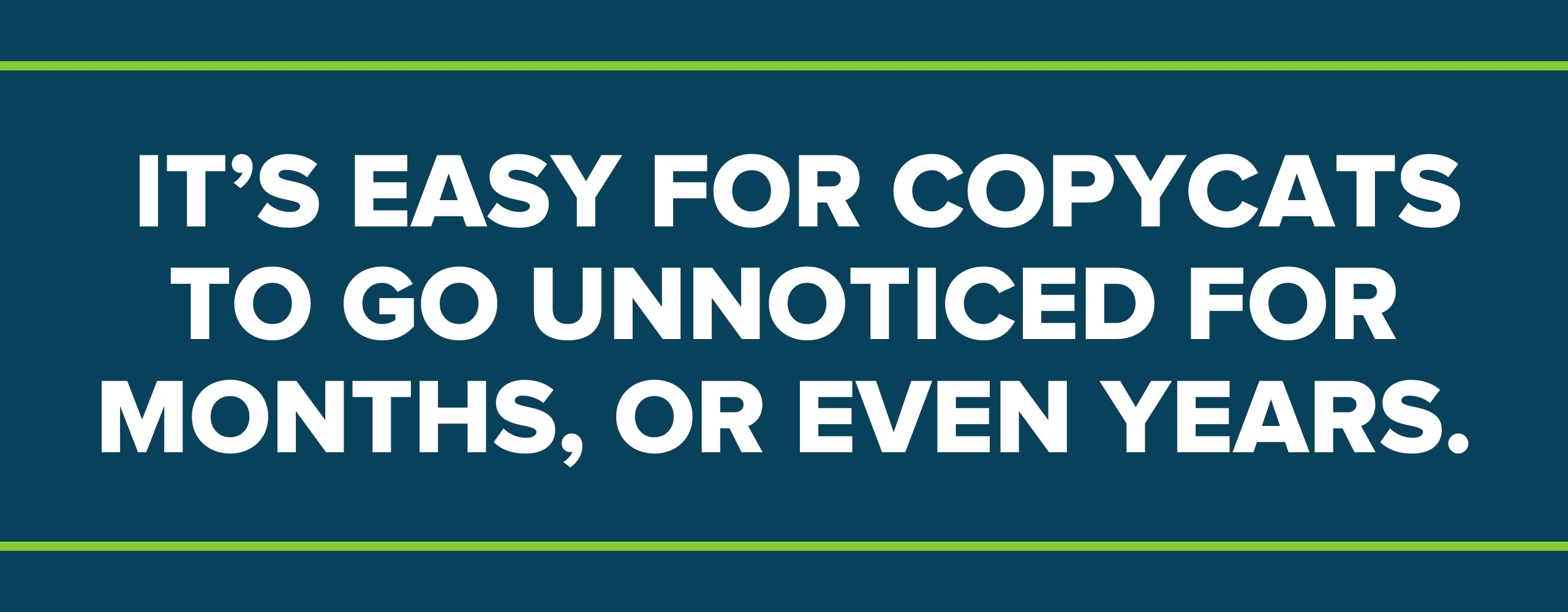
What’s even scarier is it’s easy for copycats to go unnoticed for months, or even years, until one day, someone, be it you or a site visitor, makes the unhappy discovery.
Depending on the severity of copying, you might feel ready to call up your lawyer — but before you jump to that extreme, there are much more affordable (and free) approaches you should attempt.
Below, I’m going to walk you through the steps you need to take to get copycat content taken down and how to react when the easier plans just aren’t going to cut it.
To preface the remainder of this article, I am not a lawyer, nor am I pretending to be one. If you need to seek legal advice over copyright infringement, please contact a lawyer or other legal experts to identify appropriate resources.
With that out of the way, let's dive in.
Before you do anything, take screenshots!
It’s natural to immediately want to contact the appropriate parties when your site gets copied, but pause for a moment, and be sure to first take screen grabs of the duplicates and if possible, use tools such as Wayback Machine to view the crawled pages at earlier dates.
Also, take screenshots of your own work as proof in case you need to update anything as you go through the next steps.
You’ll likely find that parts of the site that were copied need to be updated, changing the layout or copy. Doing this ensures you aren’t scrambling to revert pages to previous states.
Plan A: Find and contact the copycat site’s owner
If this is a single page or a few design elements, you can sometimes reach out to the website’s owner and request the page/pages be taken down. There may be a contact form on the website you can utilize — or you can use LinkedIn. Chances are they’ll be willing to work with you.
If not, then you’ll need to do a “WHOIS” look up to see the site’s information contact info.
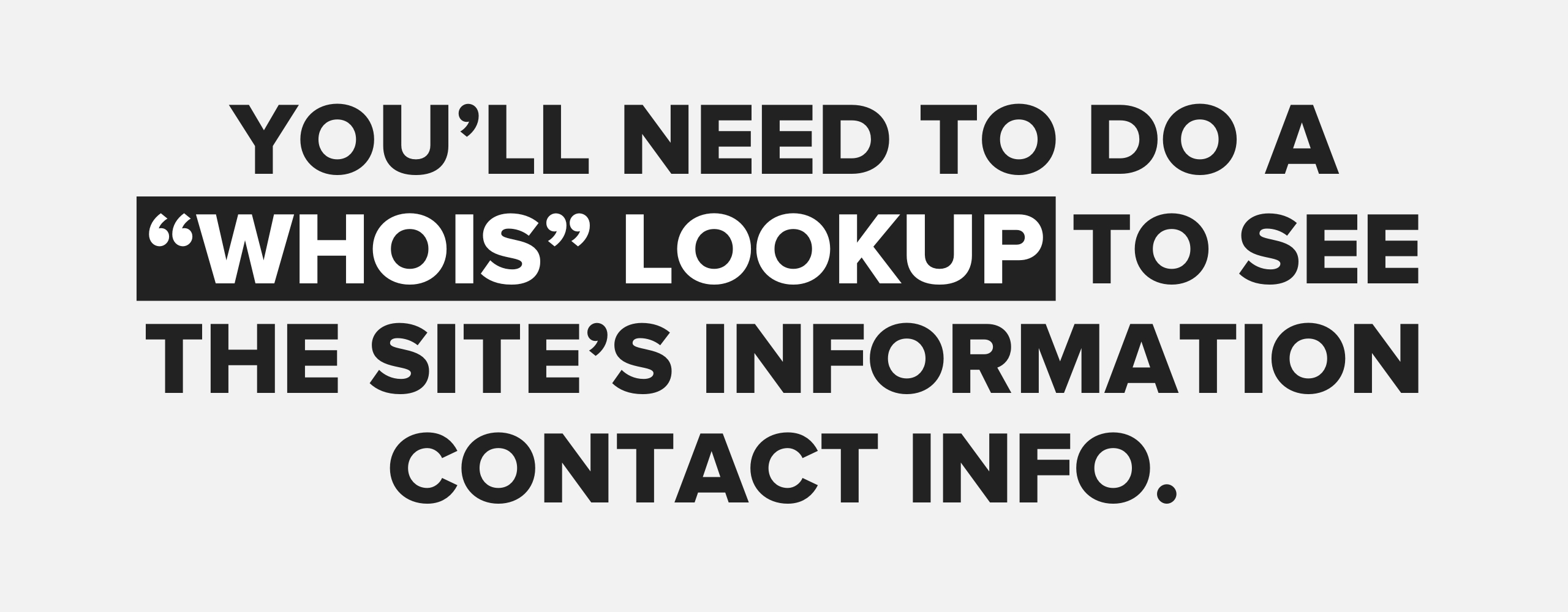
Whenever someone registers a domain for a website, the registrar (the business they bought the domain from) will have them fill out a form of contact information, so this information is accessible in a WHOIS search.
Some WHOIS search sites are:
Once there, type in the URL. For example purposes, we’ll look up IMPACT.
Among the long list of things you receive, you should see ‘registrar abuse contact email’ listed. This would be the best email to contact to request having the stolen content removed.
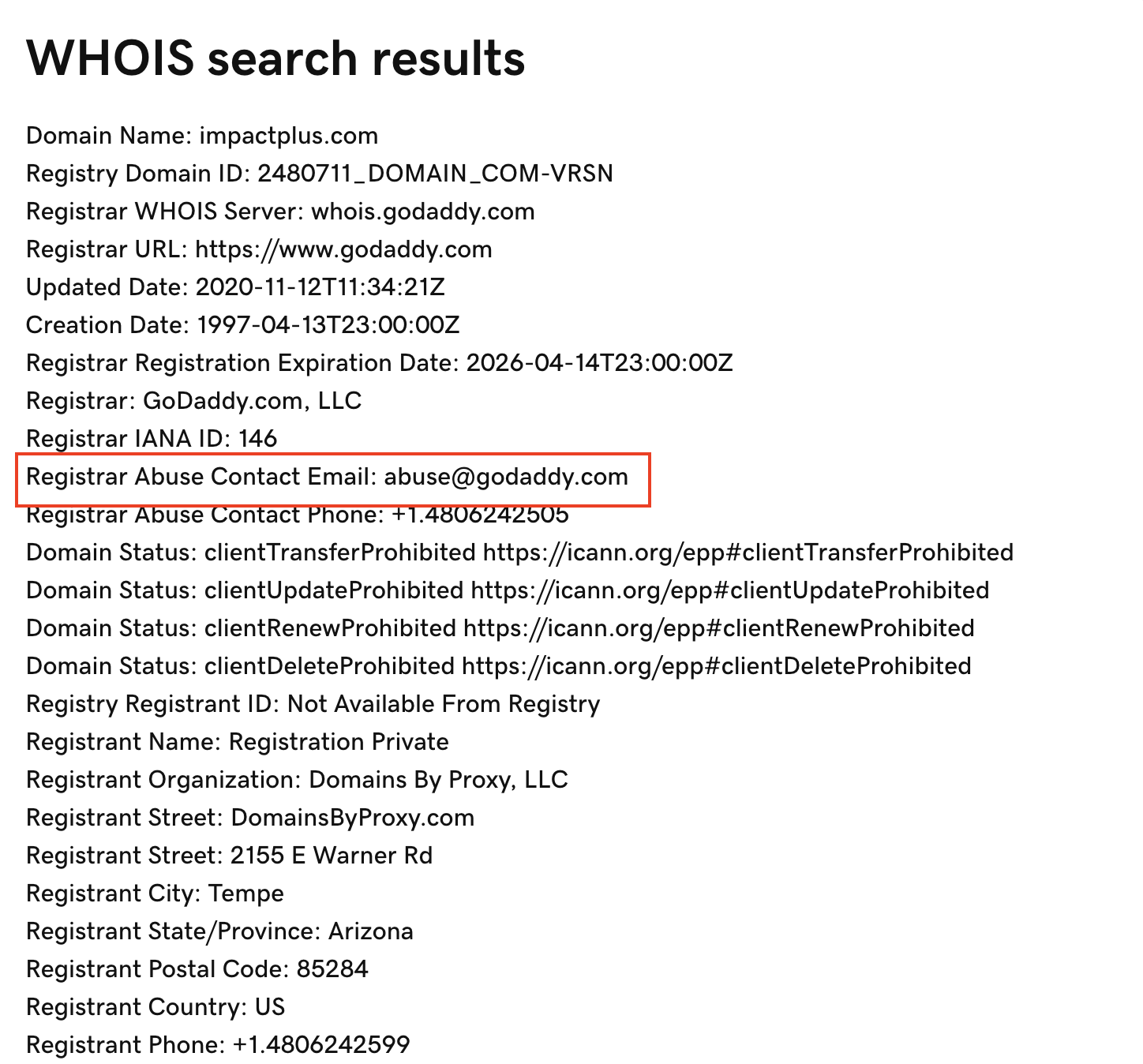
Now, people do have the ability to pay for services that privatize their registration information. Emails ending in @domainsbyproxy.com, or similar proxies are private. They are typically forwarded to a real person, but in some cases, the email leads to a dead end.
In IMPACT’s case, we noticed the copycat site had a phony email address listed (something along the lines of janedoe@gmail.com) which malicious copycatters will do. This meant reaching out to anyone wasn't an option. Womp.
If you find this to be the case for you, or the email recipient simply isn't responding, you’ll need to take it to Plan B.
Plan B: Contact the server host
If you are able to provide sufficient evidence of the copied material and are a representative or can act as one for your organization, you can contact the server host and request the page or site be taken down.
To do so, you first need to identify the server host.
Note, the company who registered the domain is not necessarily the company hosting the site. You need to look under the Network WHOIS information to identify this.
To see this, you can use a site like https://whois.domaintools.com/, which gives you both registrar and network information.
Using IMPACT as our example again, we can scroll down to the Network WHOIS and see more information about the host.
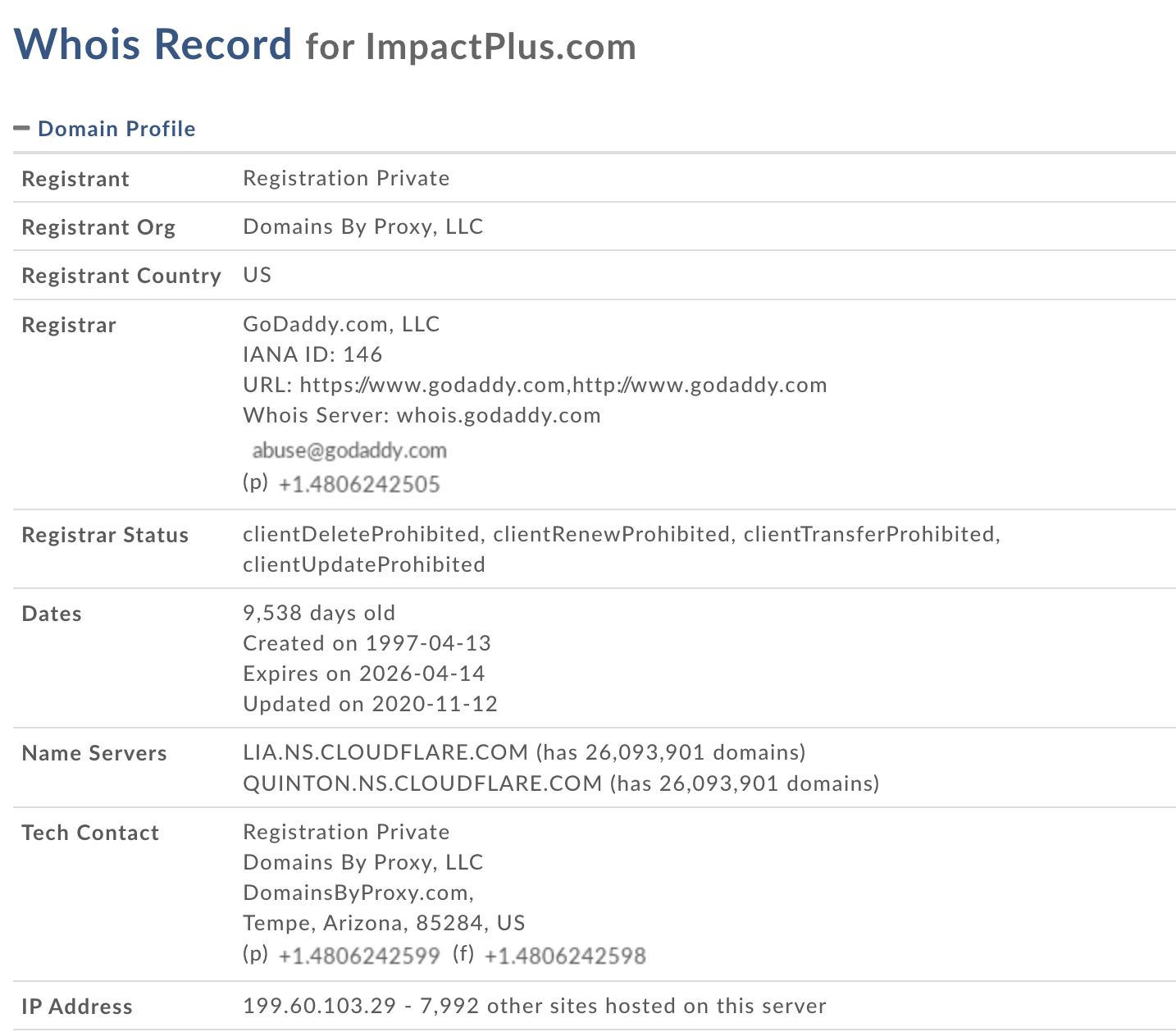
This record will also provide the abuse email and telephone number.
Some hosts, if large enough, will even have abuse forms on their website that you can fill out. If not, contacting them by email is the best course of action since you can provide image evidence too.
I’d suggest only using the phone if you are following up on an abuse ticket and need a status update.
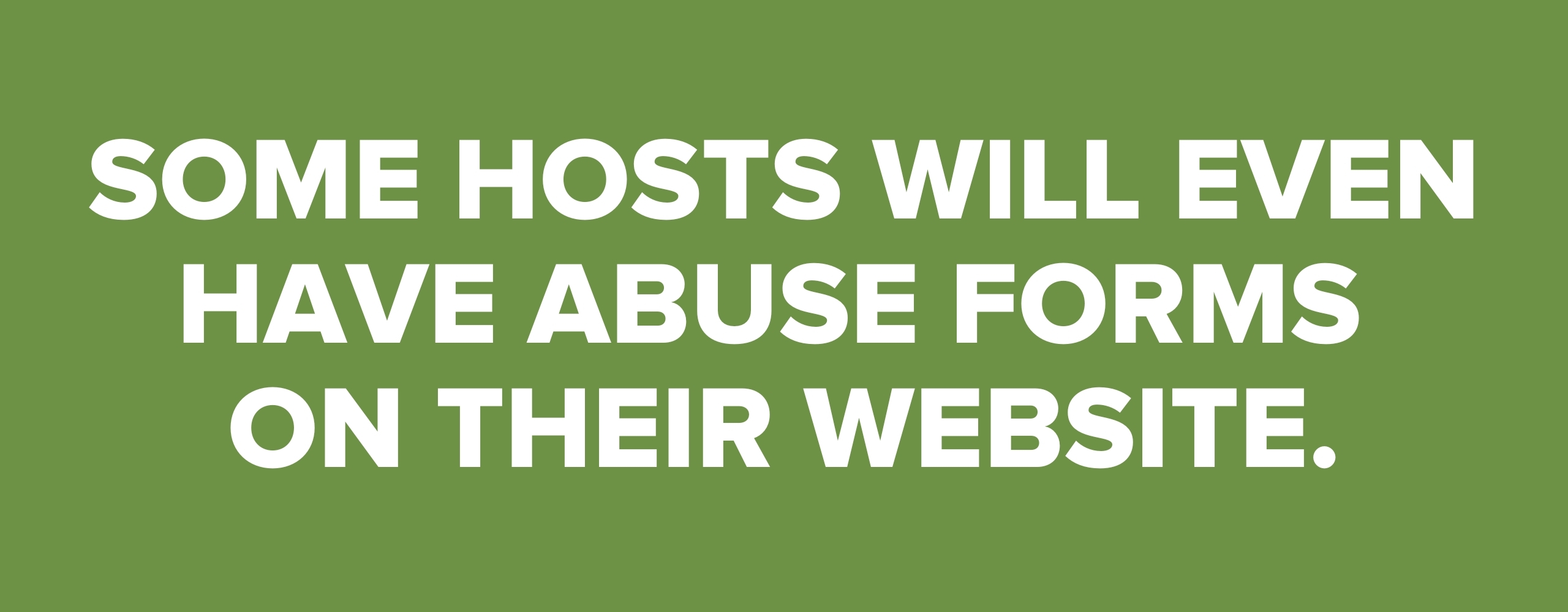
Remember, as annoying as this situation is, make sure you leave your emotions aside when contacting the host. It’s not their fault and they’re trying to help.
Just be direct and specific as to what was copied and the next steps they need to take, and usually, they'll comply.
In rare cases, the host may not respond (unfortunately, this was the case with IMPACT), or, the host may actually be the company who copied your site.
So, now what do you do?
Well, it’s time you upgrade and get the big guys involved.
Plan C: Google Digital Millennium Copyright Act (DMCA) or DMCA takedown
If you are struggling to get those parties listed above to take down the site, you can move into submitting a Google DMCA request to have the content links removed.
Google DMCA
Essentially, the Google DMCA strengthens the legal protection of intellectual property rights in our world of emerging technology. It contains five sections, with Title II outlining “certain legal duties with which Online Service Providers (OSPs) must comply in order to limit their legal liabilities in the event a user of their service violates copyright laws.”
This is where Google comes in.
(Note: Submitting this request is only getting the site removed from Google Search. This does not technically take down the website altogether. You can also submit a Bing DMCA if you have organic traffic from that search engine as well. If you need the website taken down completely, I suggest moving on to Plan D, which we'll cover next.)
When filling out the form, you’ll need to have URL examples of the copyrighted material online. (Use this form that pre-selects fields you'll want to fill out.)
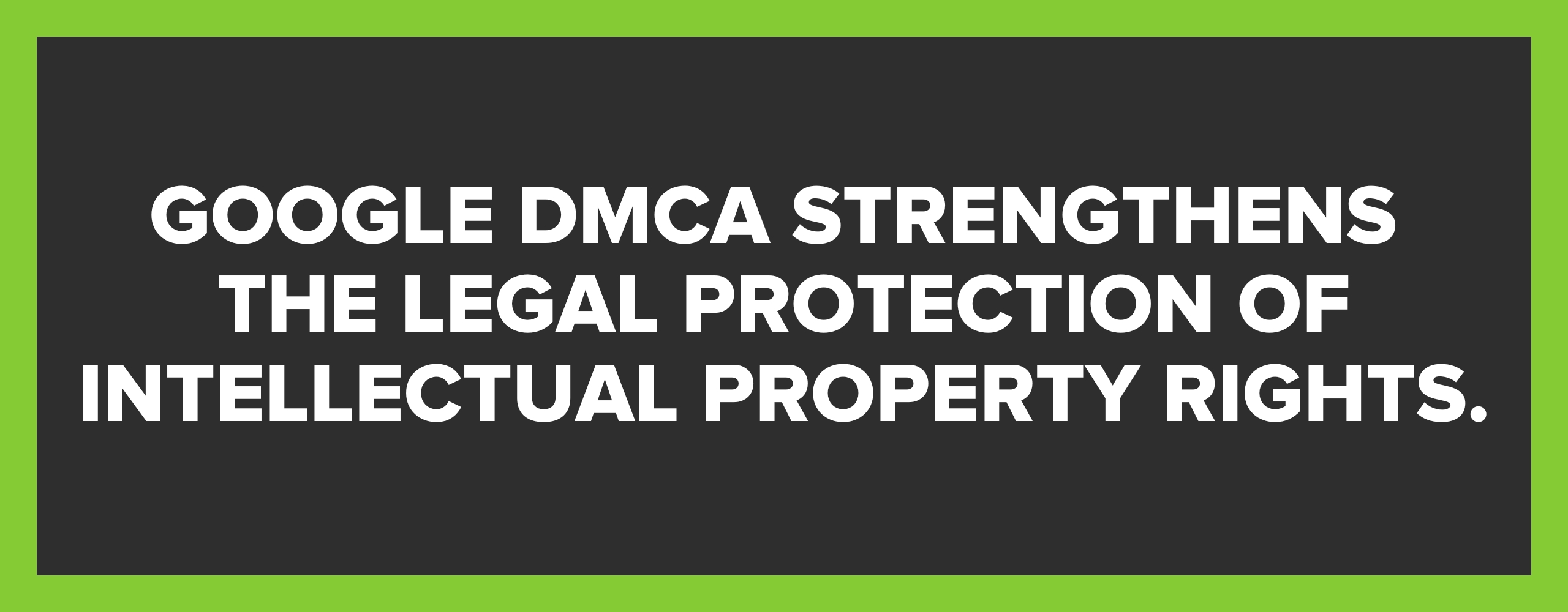
If your entire site was copied, you can use a site crawler, such as https://www.xml-sitemaps.com/, to generate all the links on the duplicated site to be pasted into the copyrighted text field. Then, do a find and replace for the domain on all of those links, and replace it with yours to submit as the originals (this only works if the only change is the domain part of the URL).
After you submit the form, you can monitor the request on your dashboard, which will show the number of URLs submitted and their status.
The links that are in Google search results will show as removed if they violate the DMCA, but if the links have not been indexed, then Google will not be able to take action on them.
In IMPACT's case, we submitted 500 duplicated links, and Google slowly segmented them based on what was actually appearing in the search results.
DMCA Takedown
In the case that you need the site to be taken down entirely, you can issue a DMCA Takedown that can personally remove the site for you. The catch is it costs $199 per site, but, for many, this can be a better price to pay than getting legal experts involved.
Overall, this is the most cost-effective option for businesses looking to get a site removed after other attempts failed.
Plan D: Get legal involvement
If all options are a no-go, you may need to pursue legal action. This may be in the form of an official cease-and-desist letter to the offender or to the hosting company.
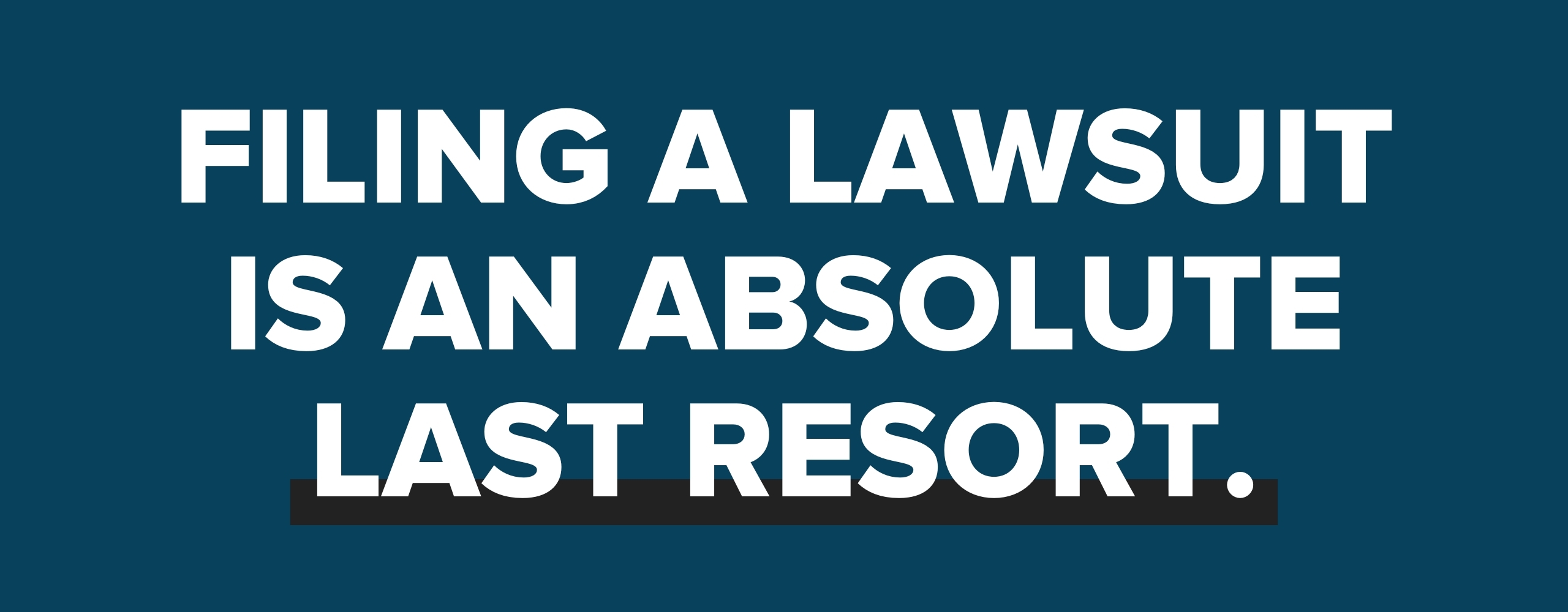
In the event that neither responds, you can then move into filing a lawsuit, but, this is an absolute last resort due to its extreme stress on your time and resources.
If you’re considering this route, make sure the damages you are suing for outweigh the money the lawsuit will cost you. Depending on your circumstances, it may be worthwhile, but for a page or two, it may be better to keep attempting the Google DMCA approach.
My advice: Be proactive!
If you find yourself in a situation where site duplication is a continuous issue for you, or, you just want the peace of mind that it won't happen, there are a variety of tools to help protect you:
- Google Alerts - This tool enables you to monitor content around search queries you enter into it. For example, if you have popular articles on your site, you can input the title as the query to make sure no one is duplicating its content.
- Copyscape - This searches for duplicate content on the URL you enter in the search box. While beneficial for single pages, you’d need the premium service if you are looking to batch check multiple pages at once, up to 10k pages.
- DMCA protection - Offers both a basic and pro service that, depending on which you choose, monitors and scans for any copies that appear online. The basic is free, while the higher tiers are only $10-15 a month. This is ideal for those who have had issues in the past with their pages being duplicated frequently.
- Disabling right clicks, highlighting - There are ways you can disable right-click to prevent people from stealing text or imagery from your site. You can even stop your images from being indexed — or disable image search on them. If you’ve found that smaller things on your site tend to be copied, these fixes may help prevent this.
At the end of the day, as long as your content exists online, people can take it, copyright symbol or not. There are even services out there that can duplicate sites for a price, and scary enough, they are easy to find. AI adds a whole other concern as well.
If you're concerned about any aspect of your website's health, you can reach out to the experts at IMPACT who can give you the peace of mind you're looking for.
Free: Assessment